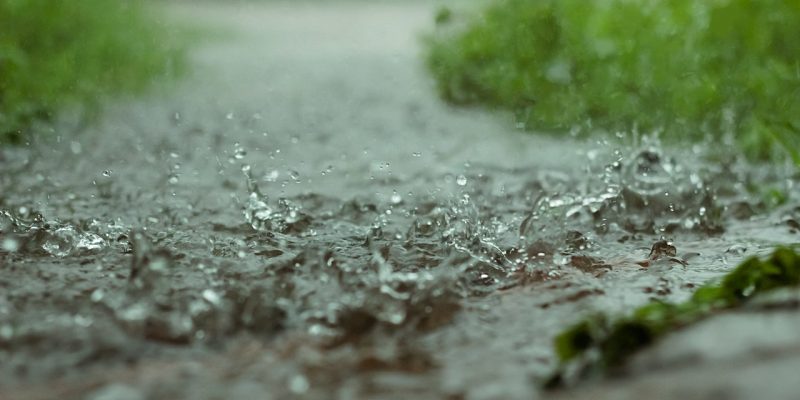
It has been a hot and dry summer. Larger towns throughout our area have put in place emergency water restrictions to conserve their dwindling water supply. Gardiner has no reservoirs or municipal water supply – like other nearby rural towns, we rely instead on private wells drilled deep into the ground for all our water needs. How does drought affect this underground water supply, and are there measures we can take to conserve this resource?
An underground water supply is called an aquifer, and in Gardiner’s case, it consists of water flowing through cracks and crevices in the shale bedrock deep beneath the surface (a “bedrock aquifer”). When a well is drilled, the drilling stops when the hole hits one of the seams in the rock, and water gushes forth.
“For the most part, we’re pretty water-blessed here in Gardiner compared to some towns on the other side of the ridge,” said Jim Wild, the owner of Jim Wild Well Drilling, which he credited to the underlying geology. “It’s common to get water at a reasonable depth,” with many wells in Gardiner in the 100-to-300-foot range.
When water is pumped out of the aquifer by wells, it is replaced by rainwater slowly filtering into the ground over time. If more water is being pumped out than is being replaced by rainfall – whether because of too many wells sucking water out, an extended drought, or both – the water table will drop, and shallower wells can slow or run dry.
With climate change making weather less predictable and increasing the likelihood of both extended droughts and torrential downpours (which do little to recharge the aquifer, instead running off the surface directly into streams and rivers), there is an urgent need to understand how sustainably we are using our aquifer here in Gardiner.
To that end, a town-sponsored working group has set out to study this issue. Led by Michael Hartner of the Gardiner Environmental Conservation Committee and assisted by Steven Winkley of the New York Rural Water Association, the group has been measuring the water level in five wells on town-owned properties in the Gardiner hamlet, where many wells are concentrated in a small area and a few residents, particularly at the top of the hill on Farmer’s Turnpike, have had to dig deeper wells in recent years when their original wells ran dry.
The preliminary data show a drop in the water level in the measured hamlet wells over the seven years from 2014 to 2020.
“The drop in water levels does not appear to be attributable to less precipitation” over this period, Hartner said in an email. “Net precipitation increased over this time, and there was a noticeable wet period” in 2018 and 2019. Hartner added that the group is hoping to expand the network of studied wells to the outskirts of the hamlet, such as Church Farm Road, to better understand what is happening underground.
Unlike towns with a municipal water supply, Gardiner has no legal authority to restrict water use because wells are on private property. However, according to Town Board member Warren Wiegand, one option on the table is a moratorium on a new building in the hamlet. Such an aquifer protection law would also seek to restrict development in areas in town that are especially good at soaking up rainfall and recharging the aquifer.
“We can also run an education campaign urging people to voluntarily conserve water if problems develop,” said Wiegand.
What comes next? Look for a report by the working group on the town’s website coming out in early 2023, and stay tuned for a discussion about a possible aquifer protection law.
In the meantime, even if our own well is flowing strong and reliably in these dry months, we can all do our part by conserving water so that this shared and hidden resource beneath our feet keeps our town viable as we face an uncertain climatic future.
